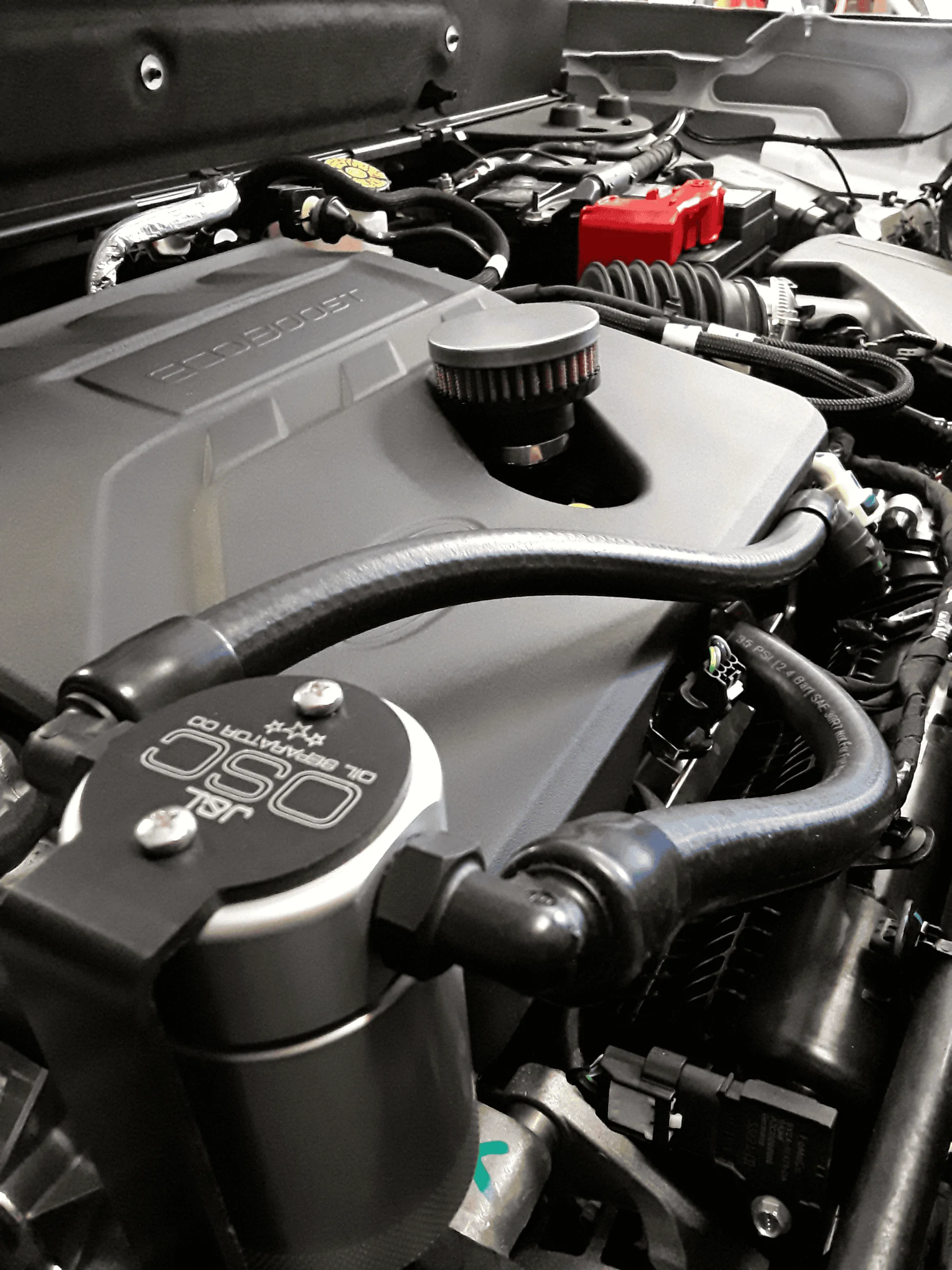I installed one on my BS (1.5L) and removed it after a year. It only collected a small amount of fluid during that time, so I decided it wasn't necessary. I had one installed on my 2017 Mustang 2.3L and collected 3 jars of fluid over a three-year period. It appears that the 1.5L doesn't really need it.
Sponsored


